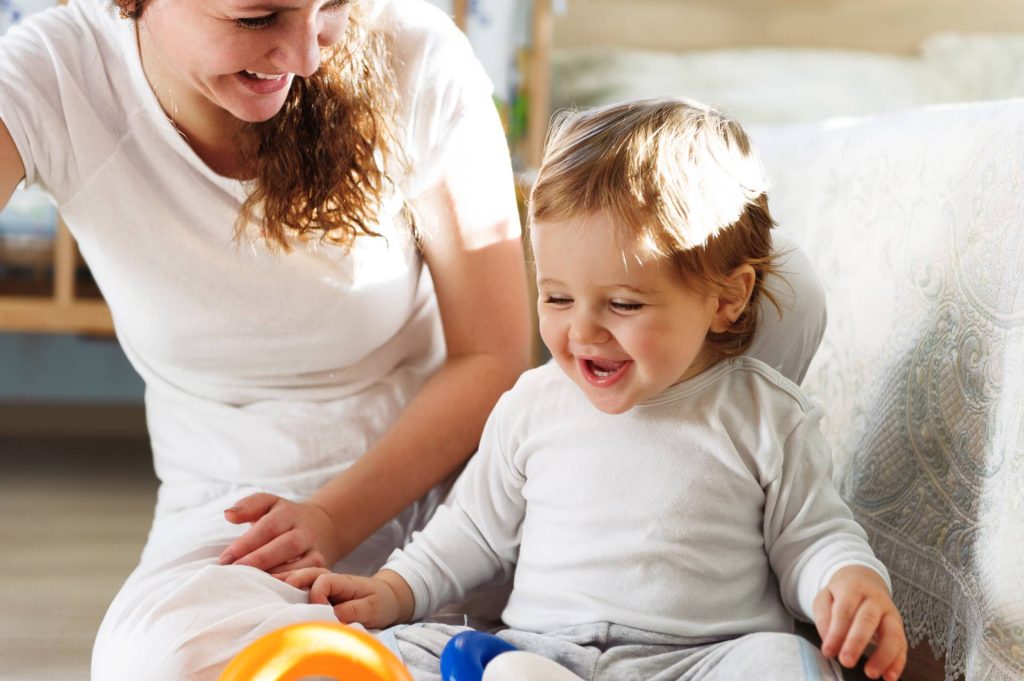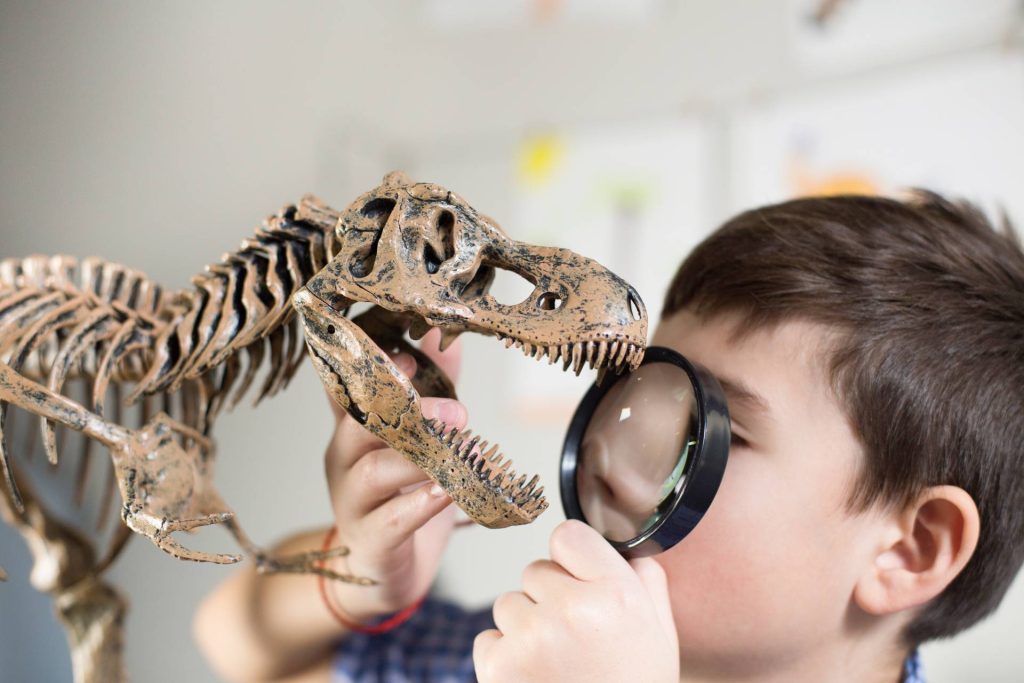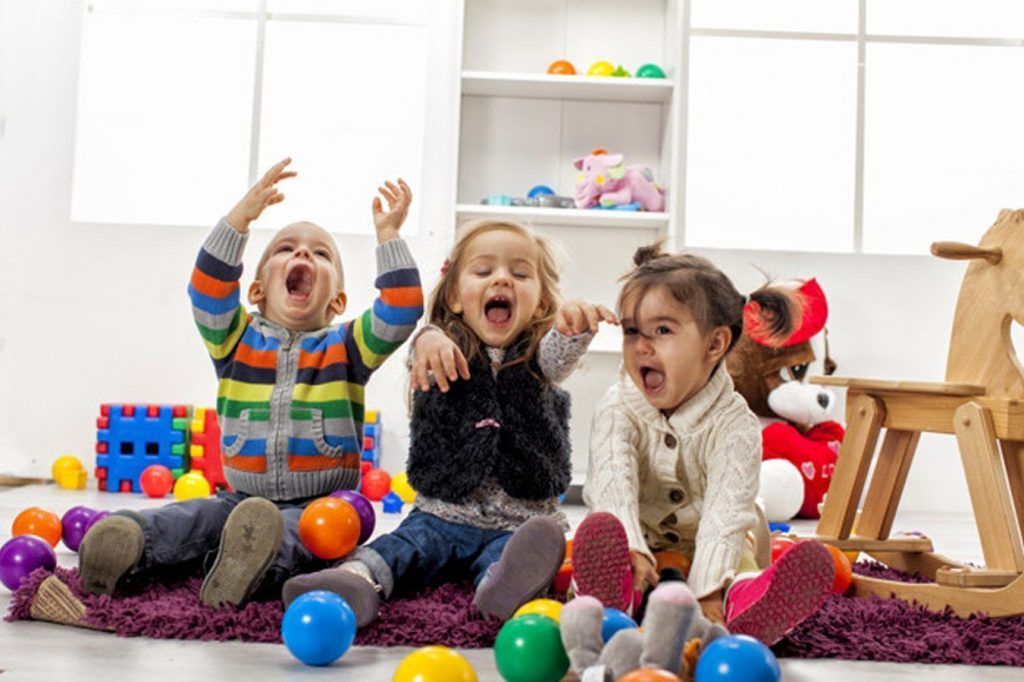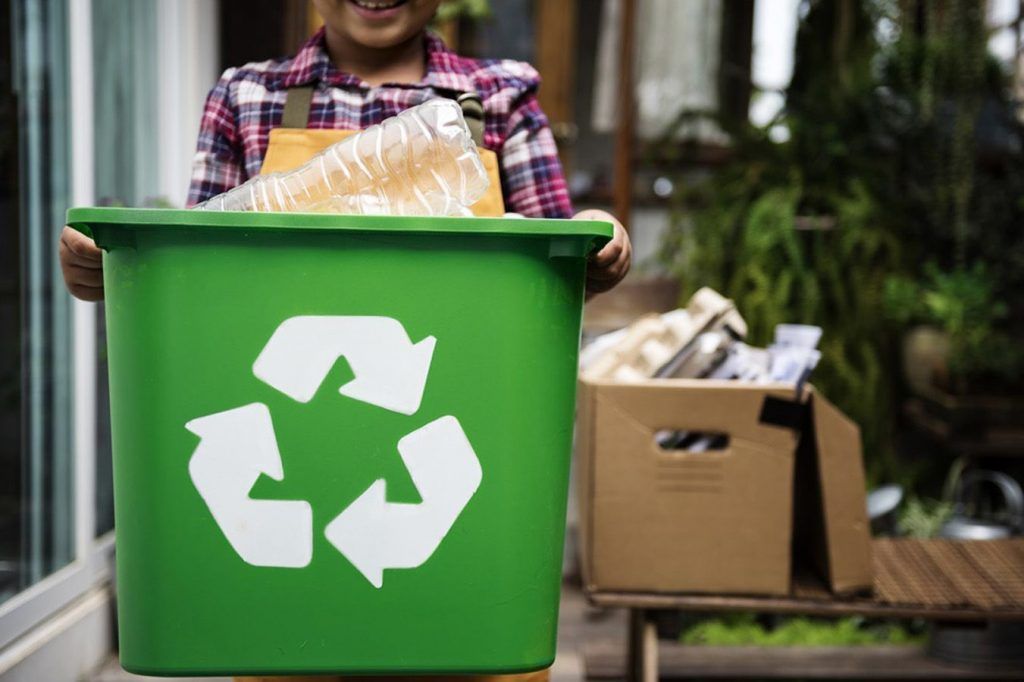Let’s discover together the first educational games
To better understand the importance of learning in the baby age and of the first educational games, let’s start by giving a simple definition of “learning”: it is a process through which in the presence of certain stimuli a behaviour is born and/or modified. Learning is therefore the result of the continuous interaction between the human being and the environment around him, but also between the human being and other human beings, together with the experiences that are experienced throughout life. Pedagogical sciences, sociology and psychology have always studied learning, analysing all the processes that characterise it and searching for new strategies that can make it increasingly valid and effective.
Learning begins in the first days of a newborn baby’s life, continues as a child, and accompanies us for the rest of our lives, even as adults and the elderly.
It may seem strange that a newborn child can learn, but that is indeed the case. If we look closely at an infant, we will see that its way of doing things fully reflects the definition of learning. From the very first weeks of life the child discovers the cause-effect relationship in this way: he understands that he can “make things happen” because every action he takes is answered by a reaction from the parents and adults who take care of him every day; every parent and/or adult who takes care of a child responds to his crying and his gestures with certain actions. This shows us how a child’s cognitive development and learning takes place naturally and gradually, as a result of interaction with the external environment and with the adults around him, who provide him with numerous stimuli. These stimuli are of fundamental importance in stimulating this early form of learning.
Learning in the “baby” phase can be included in the age range from 0 to 3-4 years. Today, fortunately, there are many games specifically designed to stimulate children in this age group. Children as young as a few months old are attracted to games that produce sounds together with lights and images. They are also attracted by so-called ‘sensory games’, i.e. games that stimulate their senses, in particular touch, sight and hearing. The most suitable games are therefore those with these characteristics, for example the classic shape house game. We all remember it: a small house or cube with cut-outs of various geometric shapes and the little shapes to be inserted/set into it. Games of this type have great educational value because they help to improve motor skills, become familiar with colours, learn about shapes, develop eye-hand coordination and improve early cognitive skills. Another activity that is very useful in this sense, with the same properties and that children like a lot is to slide a ball from the top to the bottom, maybe from a sort of tower (path). In this age group, children can spend hours playing with electronic devices that reproduce songs, lullabies, animal sounds, associated with colours and images. These games are highly educational as children learn by imitation and memorise new words and songs. The toys don’t necessarily have to be bright: children are also happy with those that talk and play at the touch of a button. Children like to listen to nursery rhymes and stories, and there are many games that contain mini devices/audio books that do this. It doesn’t have to be a substitute for the parent reading, but sometimes it can be useful to entertain the child when the parent is busy. A great classic is building blocks, which are a great educational ally for the development of fine motor skills. Another timeless game for that age group is puzzles and memos: fitting pieces together to form a picture and looking for the same pictures help children develop concentration, attention and memory. In that age group, it is also very important to work on logic, proposing games to children based on association: for example, big small, mother – child, matching an animal to its environment, etc. It is always a good idea to leave children free to play. It is always good to leave children free to express their creativity, and what better way than with paper, colours and blackboards (even the classic “magic” blackboards that are easy to erase).
The early years are the most important in the life of every person: they are the years in which the personality of the child and future adult will be formed. It is therefore very important to follow their development, providing them with the right stimuli to grow and learn their first skills, always accompanying them with closeness, love, empathy and listening. All these recommended activities should be carried out with the guidance and company of an adult, alternating with moments when children play alone to develop independence.










